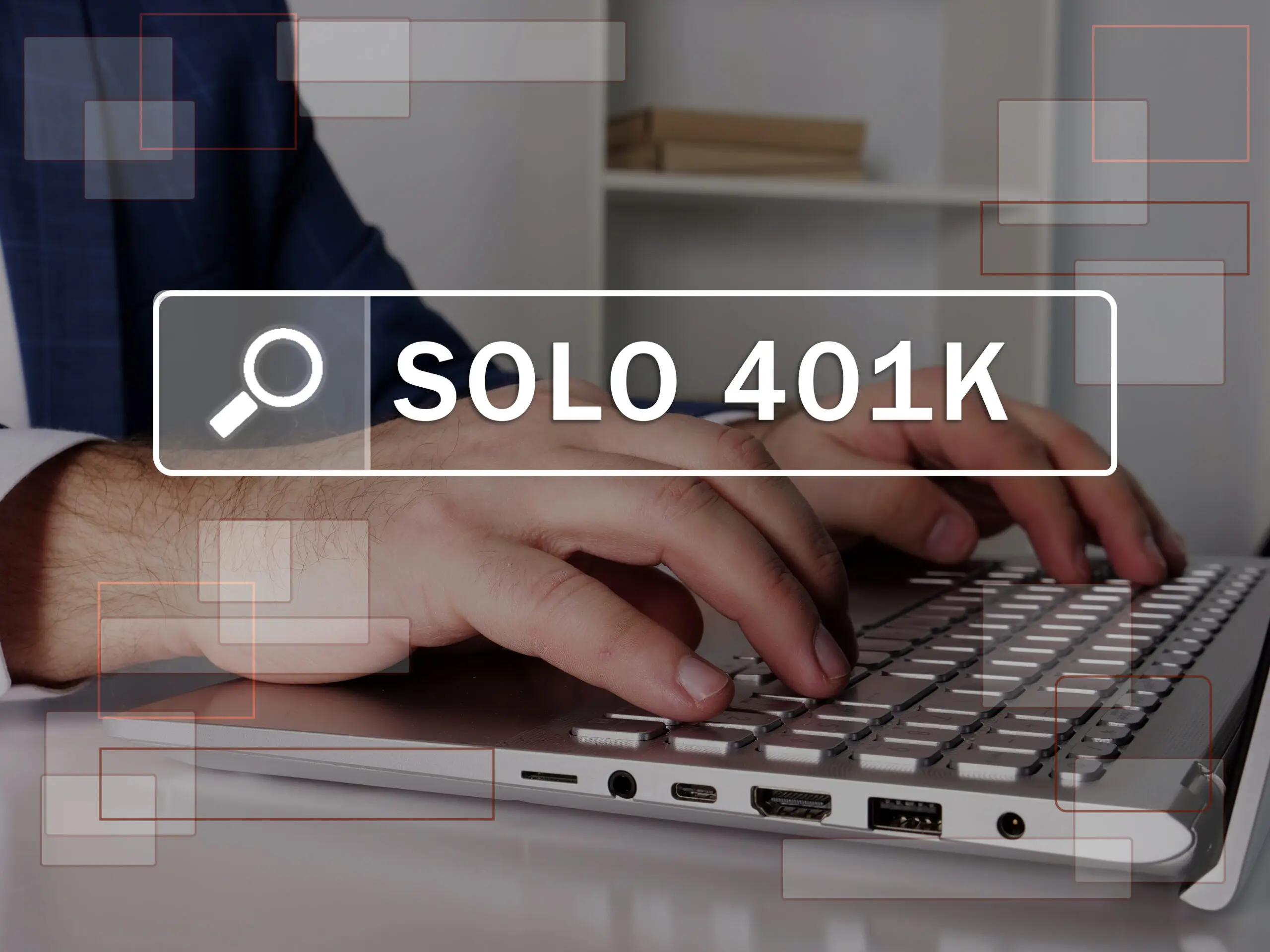In the realm of retirement planning for the self-employed, the Individual 401(k) stands out as a potent tool, offering significant advantages under the tax laws established by the Economic Growth and Tax Relief Reconciliation Act of 2001 (EGTRRA). Since its inception on January 1, 2002, the Individual 401(k) has emerged as a game-changer for small business owners, particularly those whose sole employee is either themselves or themselves and their spouse.
Understanding the Unique Benefits
What sets the Individual 401(k) apart from other retirement plans available to the self-employed is its ability to accommodate larger contributions at identical income levels, thus enabling business owners to maximize their retirement savings while enjoying valuable tax deductions.
As of 2021, the contribution limit for the Individual 401(k) stands at $58,000, or 25% of one’s income, whichever is lower. This contribution comprises two parts: a salary deferral contribution and a profit-sharing contribution. The flexibility of these contributions allows business owners to adapt their retirement savings strategy based on their business’s profitability.
Doubling Contributions for Husband and Wife Businesses
One noteworthy advantage of the Individual 401(k) is its flexibility in accommodating husband and wife businesses. By leveraging this structure, couples can effectively double their contribution limits, making the plan even more attractive for joint ventures. Essentially, a business with a spouse on the payroll can establish a Single 401(k) plan with both partners participating, maximizing their retirement savings potential.
Meeting Eligibility Criteria
For businesses structured as partnerships, the Individual 401(k) remains a viable option, especially if there are no other eligible employees apart from the partners. This scenario qualifies as a “single-participant plan,” reducing administrative burdens and streamlining the retirement planning process.
However, it’s crucial to note that if a business eventually hires common law employees who are eligible to participate, the Individual 401(k) automatically transitions into a regular 401(k) plan. In such cases, engaging a professional third-party administrator (TPA) becomes necessary to manage ERISA bonding, benefits testing, and reporting requirements effectively.
Planning for the Future
Self-employed individuals without W-2 employees stand to benefit significantly from the Individual 401(k), especially if their goal is to maximize retirement contributions or utilize their 401(k) balance to
Conclusion
In conclusion, the Individual 401(k) presents a compelling option for self-employed individuals and small business owners seeking to optimize their retirement savings strategies. With its generous contribution limits, flexibility, and potential for spousal participation, the Individual 401(k) remains a powerful tool for building wealth and securing financial stability in the long run.
If you’re considering incorporating an Individual 401(k) into your retirement planning portfolio or exploring how a self-directed plan could benefit you, reach out to us at (866) 745-0228. Our team is committed to providing comprehensive information and guidance tailored to your specific needs and objectives.

